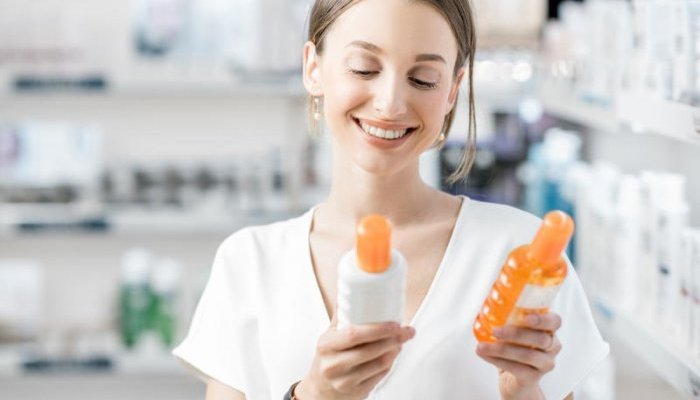Signed into law on 1 October 2020, the set of legislations originates from two bills: Assembly Bill 2762, dubbed "California’s ’Toxic-free Cosmetics’ Act", and Senate Bill No. 312, also known as “Cosmetic Fragrance and Flavor Right to Know Act” (see documents here below).
The first text prohibits 12 chemicals in cosmetics sold in California starting in 2025, all of which are already banned by the European Union, under Annex II of Regulation No. 1223/2009.
Under the second text, manufacturers of cosmetics sold in California will have to disclose their products’ fragrance ingredient information to the Division of Environmental and Occupational Disease Control within the California State Department of Public Health. The obligation applies in particular to fragrance allergens as listed in Annex III of the EU Cosmetics Regulation No 1223/2009 and subsequent updates, when at or above the following concentrations: 0.01% (100 ppm) in rinse-off cosmetics and 0.001% (10 ppm) in leave-on cosmetics.
These new provisions strengthen the legislative framework for cosmetics in California, already the most stringent in the United States. They are the result of concomitant and joint actions from consumer associations, feminist movements and environmental activist groups who have raised public awareness on the discrepancies between the US and EU legislation, thus contributing to sparkle the ‘clean beauty’ movement in the country.
European inspiration?
The US industry has traditionally denied that the EU legislation would offer a better level of consumer protection than the US one. The main argument was that the general safety requirement was sufficient.
This line of reasoning suggested it was useless to explicitly ban specific substances from cosmetic products since cosmetic makers, legally responsible for product safety, would not knowingly use substances that endanger consumers. Indeed, most of the substances prohibited by the European legislation are never used in cosmetics sold in the United States. Most but not all.
A laissez-faire logic which has the advantage of not imposing excessive regulatory constraints on new entrants, these start-up companies which contribute so much to the dynamism of the American market. However, it fails to admit that the safety assessment of a substance and a formula is a very complex job that is highly regulated in Europe, but not at all in the United States. While US multinationals, which sell around the world, tend to align their practices with the most stringent rules, this is not always the case with smaller players.
Eventually, the growing gap in the level of requirements between European texts, which are regularly updated according to scientific progress, and the American legislation, which remained almost unchanged since the beginning of the 20th century, generated distrust among U.S. consumers.
Leading national role
By once again playing a leadership role at the national level, California could push for the adoption of similar rules across the country. Even if this is not the case, the need to market their products in the Union’s most populous state will prompt many American manufacturers to adapt their formulations.
In contrast, the impact on consumers is much more uncertain. In Europe, a much more robust legal framework has not prevented mistrust from taking hold.
Actually, trust cannot be decreed, it is built. For instance, in 2017, Mintel pointed out that only 24% of Italians, 30% of French and 39% of English trusted the cosmetics industry. “Companies must be ready to provide consumers with quantified and qualified facts,” explained the market research firm.
In a post-truth and post-trust world, transparency and trustworthiness become the key tools for building trust. When action groups need to pressure lawmakers to get more transparency from the industry, it is unlikely to reinforce confidence, on the contrary it is likely to reinforce preexisting doubts. Doubts on which young brands have skillfully learned to build their marketing ...






























